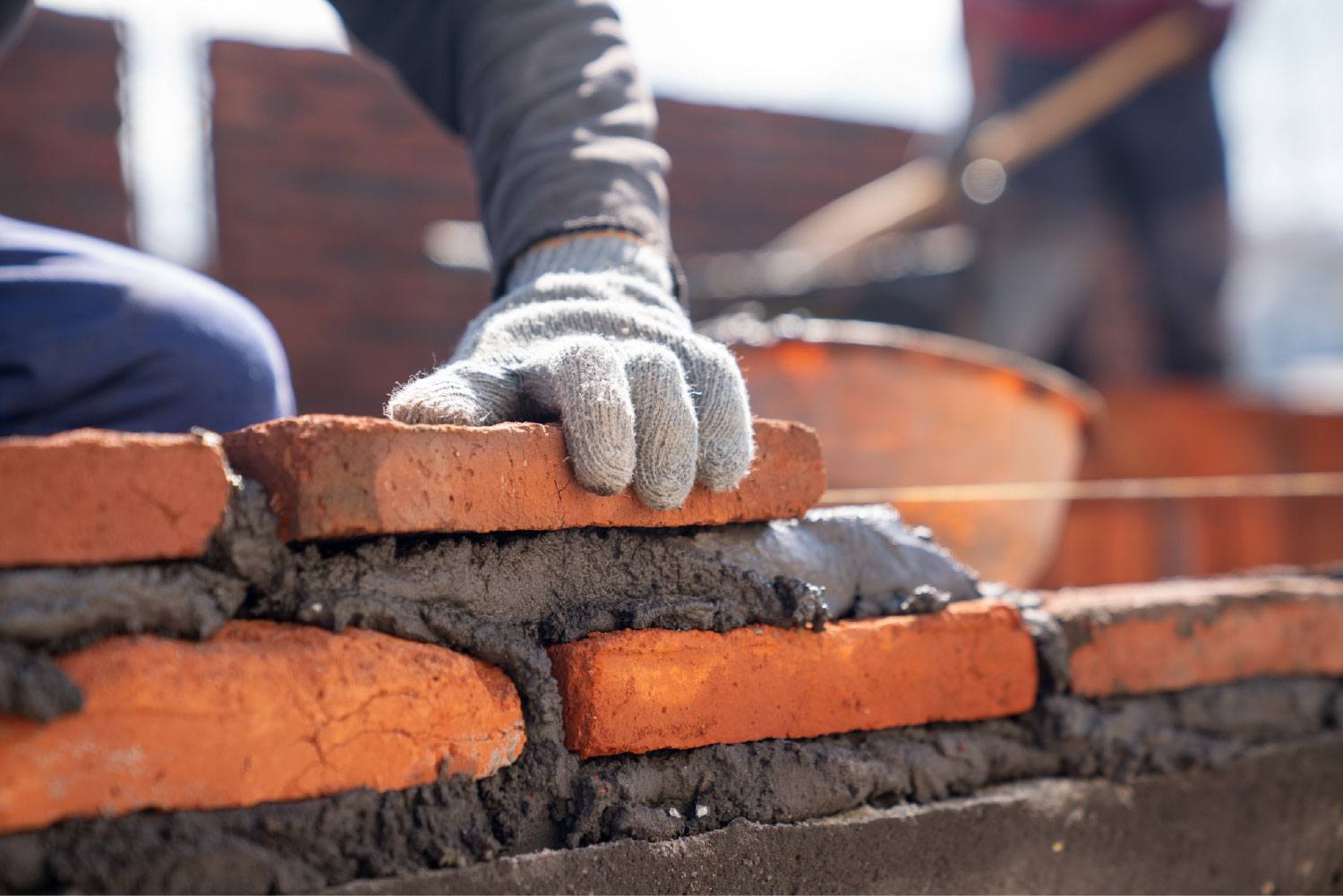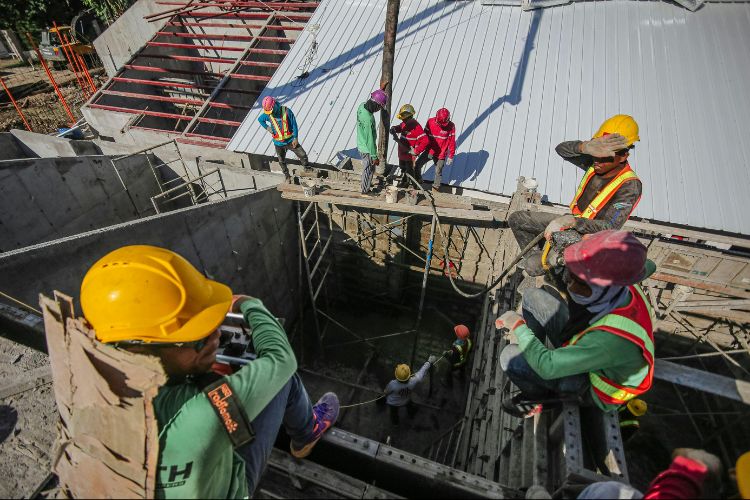Table of Contents
Supplier Relationships Matter More Than You Think
Material prices represent one of the most significant costs on a construction project. As much as two-thirds of total input costs could be from materials. As price volatility continues to impact construction costs, subcontractors know it’s in their best interests to find and negotiate the best prices on materials to bring costs down in the hopes of staying on budget, protecting margins, and keeping bids competitive.
While most subs assume they’ve got the “best prices” on materials, suppliers tell another story: The 2025 National Subcontractor Market Report reveals that suppliers charge subcontractors different prices for materials based on a combination of factors.
That can be both good news and bad news for subcontracting businesses. The bad news is that subcontractors can’t assume they’re automatically getting the best price for their materials—they have to work to negotiate and secure good pricing for their materials.
The good news is that there are ways to achieve better prices with suppliers.
This article will discuss what suppliers say subcontractors can do to get better materials prices, and how subs can make those things happen.
Suppliers Share How to Get the Best Pricing
Billd surveyed suppliers to determine who was actually getting the best prices on materials. Here’s how suppliers say subcontractors can get the best cost:
Pay Within Contract Terms
Slow pay is a persistent problem for subcontractors, forcing them to overcome a funding gap where they must cover large, sometimes ongoing project expenses while waiting on payments. Subs can overcome this funding gap by creating a capital stack that has a diversity of working capital options, including supplier terms. But even when subs negotiate net 30 or net 45 payment terms—which 81% of subs report having with their suppliers—that might not be enough to bridge their finances while they wait 56 days for payment. This may lead to subcontractors slow paying their suppliers.
Subs may not realize the extent to which late payments impact their material costs. Forty-five percent of suppliers say they increase material prices for customers who pay out of terms, and they increase these costs on average 11%. That additional cost for slow-paying subcontractors either eats into their profitability or is reflected in their bids, driving up overall costs.
Negotiate Discounts
Subcontractors who regularly pay their suppliers on time should be sure to use that positive payment history to negotiate better deals. But suppliers report that only 22% of subs leverage good payment history to get lower prices.
Negotiations on material prices can look different from one sub to another, but there are a number of ways to secure lower materials prices, including:
- Shopping around between suppliers
- Long-term contract agreements
- Volume discounts
- Upfront or early payment offers
When it comes to negotiating, focus negotiations on lowering unit price first because that will impact bottom lines more than a percentage discount on a total order.
Develop Long-Term Relationships
Relationships between subs and suppliers are built on trust, open communication, and continuous effort from both parties over time. Securing better pricing may depend on the strength of these relationships.
Subs can foster strong relationships by including materials suppliers in forecasts for upcoming projects and having open discussions about materials volume expectations and how business operations flow in both businesses. Moving away from transactional attitudes toward long-term, strategic partnerships can help subs secure lower prices and preferential order placement.
How a Comprehensive Capital Strategy Can Help Supplier Relationships
Supplier terms are just one source of working capital that subs can use as part of a capital strategy. Nearly 100% of subs surveyed in the 2025 National Subcontractor Market Report said they have terms with suppliers, and 76% of those subcontractors use them more than any other option when purchasing materials. However, the fact that most subcontractors have terms of 45 days or less highlights why they need additional options to keep cash flow stable.
The best way to overcome the funding gap and maintain strong relationships with suppliers is to develop a strong capital strategy that includes both diversity and capacity among the working capital options. Bank lines of credit, credit cards, cash, and construction-specific financing can and should all be part of a subcontractor’s capital stack. Even if a subcontractor uses supplier terms as part of their strategy, most subs will not have terms that match their payment timelines, which highlights why subcontractors need more options than only cash and supplier terms. By proactively securing multiple forms of working capital, subcontractors can create a capital strategy that empowers them to stabilize their cash flow, cover the funding gap, and protect supplier relationships.
For more supplier-back tips on how to get the best unit cost, download the guide below.







